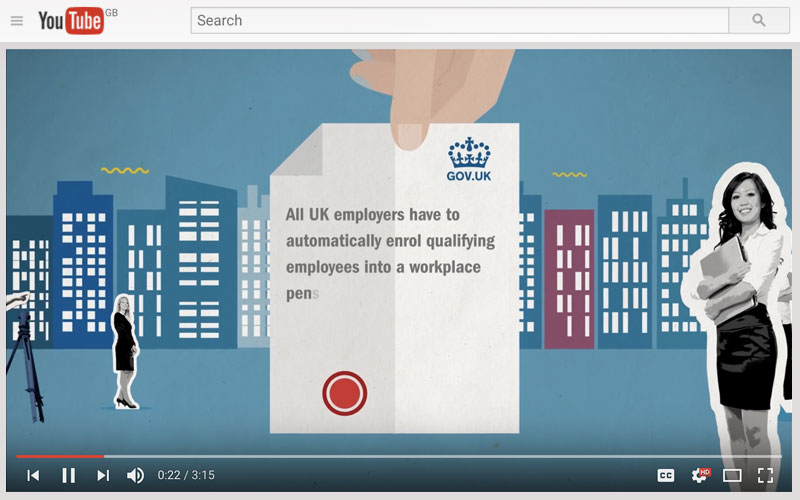To win the constant battle for profitable contracts, the best customers and talented employees, you need to be clear and consistent about what makes your brand different. Well articulated tone of voice guidelines can help you – and your team – get this right. Time after time.
Alongside your visual identity, your tone of voice is a key part of who you are and how you connect with people.
And, as always, consistency is crucial.
Your customers and prospects will encounter your brand in many places and contexts so the more consistent you are, the more likely it is that people will grasp what makes your organisation unique.
And if that resonates they will go on to admire, respect and trust your brand.
One way to help ensure this consistency is with a comprehensive set of tone of voice guidelines that everyone in your organisation understands – and adheres to.
But what should a set of effective tone of voice guidelines actually include?
1. Vision
A vision captures the overall direction of a company. It explains where a business is heading and where you want to be in the future. It’s your big, stretch goal.
That vision shall be outlined clearly here, and should guide daily decisions. It’s not necessarily broadcast to the outside world or used in outbound communications but your organisation’s vision should always be used as a guiding principle whenever you’re communicating.
You should look to encapsulate this vision in no more than two sentences.
2. Values
A company’s values are beliefs that you hold dear and will stick to no matter what.
We find that an expression of four values seems to be the sweet spot for most B2B organisations.
Sometimes a value can be expressed as a single word or sometimes organisations respond better when a value is a statement.
Whichever route you choose, it always helps to provide some text alongside the value statement to help explain exactly what you mean – and sometimes what you don’t mean.
Remember, you’re trying to provide a set of guidelines that anyone in the company can use in communications – from CEO to new-starter.
3. Personality
A company’s personality dictates how it expresses itself, its approach and how it does things.
A personality guides how an organisation sounds. The number and type of words that are used. And how to address people.
A brand might be confident, friendly, aggressive, cheeky, brutally honest, comforting or challenging. If this personality is clearly articulated and bought in to, it’s easy to adopt.
Once again, we find that choosing 4 personality traits seems to be the right amount for most organisations.
And, just as with the value statements, it really pays to provide some explanatory text alongside each personality trait to get people in the mindset of what it’s like to be communicating in the style of your organisation.
4. Some key guidelines to follow
Your tone of voice may require some specific stylistic approaches in sales materials, advertising or emails. This could include:
- Using full stops after headlines
- Using everyday words
- Keeping sentences short
In each case, take time to explain what the approach involves, why you do it and give some examples of the approach in action.
5. Before and after examples
It can be really useful to provide before and after examples to underline the difference that following the tone of voice guidelines can make.
Something like this works well:
Before
At Brookes & Sowerby Limited we are proud to specialise in marketing communications and can trace our roots back to 2013 when the business was originally established.
Our philosophy from the very beginning has been to work hard to develop marketing communications materials that look great and offer you maximum possibility to attract new clients.
After
We are a B2B PR & marketing agency that helps businesses communicate with clarity.
Why change?
Shorter, confident, more punchy, more accessible.
In summary:
By including the above items, you will establish a comprehensive set of tone of voice guidelines for your team to follow.
And it’s important to remember that these are just that – guidelines.
It’s not necessarily a one-size-fits-all document.
However, once people have read through it a few times and your advice starts to sink in, it will become easier for everyone to put themselves into the mindset of your organisation and communicate accordingly.






